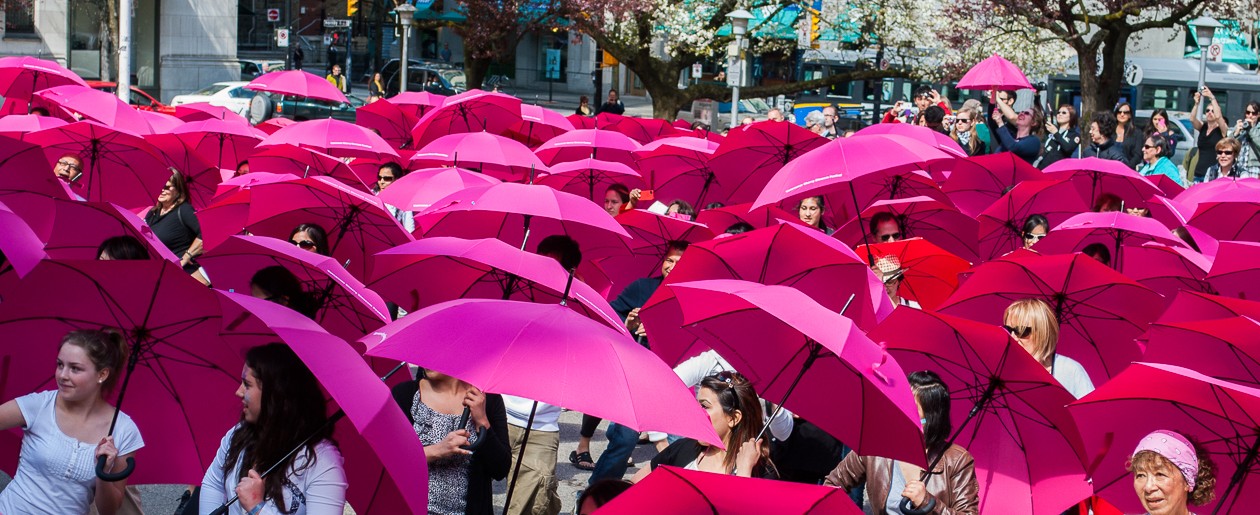Daniel Meadows series June Street was made in 1972 together with fellow student, Martin Parr. June Street, Salford was originally the street where soap opera Coronation Street was filmed. The street was earmarked for demolition and Meadows and Parr were curious about the inhabitants of the actual houses vs the inhabitants of those in the soap opera.
The images feature the families living in June Street at that time. I found a familiar nostalgia while watching the video below and also looking at the images online (and I’m not British). Certain elements in the photographs were familiar to me and brought back recollections of my youth: the reproduction portrait of a beautiful Latin-looking femme fatale (we had a similar one in our house – I remember my father loved the picture so much that he even named the woman Tina); the old oil heaters; the prints of the big-eyed sad children on the verge of tears; straggly rubber plants; the octagonal mirror; and of course the garish wall paper, not to mention the style of furniture and carpets. In some of the images evidence of laundry can be seen hanging to dry in the sitting room. My favourite image has to be the one with the pair of pantihose hanging next to the fire place held in place by a statuette on the mantel. The pantihose are the punctum to this otherwise rather formal portrait.
It is amazing how similar the houses are in contents and decor. The point of view is very similar in all the photographs. Most of the photographs feature the focal point of the room, i.e. the oil heater or fire place with the family posed next to it. The poses are rather formal as if they were taken in a photographic studio, but the inclusion of the weekly wash, pets and budgies belies that fact.
Daniel Meadows explains the whole project in the video below. Please click on the image to access the video.

Reference List
DEVELOP Tube (2013). June Street – by Daniel Meadows [user-generated content online] Creat. Daniel Meadows. 13 January, 2013. 5 min 13 sec Available at: https://vimeo.com/57256051 (Accessed 25 September, 2016)
Magnum Photos (1972) Martin Parr – GB. ENGLAND. June Street. 1972 [online]. Available at: https://pro.magnumphotos.com/Catalogue/Martin-Parr/1972/GB-ENGLAND-June-Street-1972-NN162445.html [Accessed 30 September, 2016]

